Petrovietnam cooperates with WIP to research planting 15 types of trees with high CO2 absorption
|
11/13/2024 Views :
138
Vietnam Oil and Gas Group (Petrovietnam) in collaboration with the Institute of Ecology and Construction Protection (WIP) has researched and selected 15 types of trees with high CO2 absorption capacity to plant in localities with oil and gas activities and used 3D scanning method to measure. The research is considered to be of great value in the goal of reducing greenhouse gas emissions.
On the afternoon of November 12, Petrovietnam in collaboration with WIP organized a workshop on “Research on developing a method to calculate the CO2 absorption capacity of trees and units to select suitable plants, ensuring the goal of CO2 balance”. This is the second time the workshop has been held after the first in July 2024 with a fairly large amount of research.
Realizing the importance of trees in responding to climate change and protecting the environment, especially when the Vietnamese Government has committed to achieving net zero emissions by 2050, Petrovietnam has coordinated with WIP to conduct scientific and technological research to organize the Workshop.
Many important research results were presented.
At the workshop, MSc. Nguyen Nguyen Hang, WIP Researcher, presented a report comparing calculation results using CO2 quantification methods and selecting the method to apply to selected tree species.
Petrovietnam issued Plan No. 1237/KH-DKVN dated March 17, 2022 to develop a program to plant 3 million trees in the 2022-2025 period at projects and localities with oil and gas activities.
From the research results, Ms. Hang said that 15 tree species have the ability to absorb CO2, positively impact the ecosystem, conserve biodiversity and improve people's livelihoods to ensure afforestation, scattered tree planting, focusing on provinces/cities that have been surveyed in Thai Binh , Thanh Hoa, Nghe An, Quang Ngai, Ho Chi Minh City, Ca Mau, including: Rhizophora acutangula, Acacia hybrid, Dipterocarpus acutangula, Eucalyptus hybrid, Black star, Green lim, Sonneratia sophora, Plastic pine, White mam, Flower lat, Cinnamon, Camal eucalyptus, Green giổi, Acacia auriculiformis, Wingless Sonneratia.
Therefore, to ensure that CO2 absorption tree planting is highly effective and to initially participate in the carbon market from 2028, it is necessary to conduct research to determine the method of quantifying CO2 absorption applicable to selected tree species.
MSc. Le Van Tuat, Head of research topic.
On that basis, MSc. Le Van Tuat, Head of the research project, said that based on the opinions of experts, the research team proposed a general design process and instructions for planting selected plants with high CO2 absorption capacity.
General process, including: Determining growing conditions; Collecting and preserving seeds; Creating seedlings (seed source, nursery, creating pots, processing seeds, caring for seedlings in the nursery, setting standards for seedlings to be planted); Planting forests; Caring for and protecting forests.
The research team proposed specific proposed designs for mangroves and terrestrial plants regarding growing conditions, seed collection, preservation, and afforestation. The planting design can be applied in many different locations and provides value ranges for each element in the design.
Extract images, 3D scan data (Source: Research team data)
Therefore, MSc. Le Van Tuat noted that it is necessary to accurately determine the location of the tree planting, then investigate factors related to the growing conditions to come up with specific designs for each species, ensuring high survival rates and good growth.
The results of the experimental calculation of CO2 absorption capacity using 3D scanning method of trees in Thai Binh, Nghe An, Ho Chi Minh City and Ca Mau were informed by Ms. Dang Ngoc Bich, WIP Researcher with specific measurement numbers.
For example, in Thai Binh, a 5-year-old Sonneratia tree can absorb 18.2-15.2 kg CO2/tree/year; Sonneratia wingless can absorb 35.4-29.9 kg CO2/tree/year... These results referenced by the research team are completely consistent with international organizations.
Finally, MSc. Le Hanh Chi, WIP Researcher, announced the technical guidance document on the CO2 absorption quantification method applied to tree species suitable for Petrovietnam, and directly guided delegates on how to measure and calculate CO2 using the 3D scanning method.
MSc. Le Hanh Chi, WIP Researcher, published a technical guide on CO2 absorption quantification method.
Research is of great value in the goal of reducing greenhouse gas emissions
Mr. Nguyen Nam Son, Deputy Head of the Forestry Production Organization Department, Department of Forestry (Ministry of Agriculture and Rural Development) highly appreciated the significance of the study in the context of Vietnam's goal of reducing greenhouse gas emissions. The Ministry of Agriculture and Rural Development is assigned to reduce 130 million tons of CO2 equivalent, of which the Ministry of Industry and Trade is nearly double, so this study is of great value.
“The research team has partly inherited the Technical Manual for CO2 Determination for Mangroves that has just been issued by the Ministry. Regarding the list of selected tree species proposed by the research team, the Department recommends further evidence of scientific basis, practical basis, detailed technical guidance for each species in each region, and at the same time refer to the published documents of the Ministry and related units so that the research results are more comprehensive,” Mr. Nguyen Nam Son assessed.
At the workshop, delegates requested the research group to thoroughly review each word and term to improve the quality of scientific and technological research products, meeting high accuracy.
Mr. Nguyen Nam Son, Deputy Head of Forestry Production Organization Department, Department of Forestry (Ministry of Agriculture and Rural Development) highly appreciated the value of the research.
In addition to being the scientific research results used by Petrovietnam, this is also a reference document for scientists and research units. Therefore, delegates said that research needs to have a descriptive method to ensure clarity, improve product quality, easy to understand, easy to apply, and suitable for practice. Quantitative calculation techniques need to ensure universality so that all units can use it, referencing the standards set forth by the Ministry of Agriculture and Rural Development.
From the actual application situation, the Group's units asked questions and the research team answered and discussed them in each specific case and locality.
Commenting on the topic from the perspective of a member of the Group, Mr. Dinh The Hung, Head of the Technology and Environmental Safety Department of the Oil and Gas Exploration and Production Corporation (PVEP), agreed with the research team's report through the results of practical application. "PVEP has been planting Sonneratia trees in Thai Binh for 2 years, the recent storm Yagi only caused about 10% damage, showing the strong vitality of this tree species. The planting of Mangrove in the southern regions by the unit also gave similar results. This proves that the proposed results of the selected tree species are completely suitable for the Group's practice," said Mr. Hung.
MSc. Pham Van Dau, Deputy Director of WIP, on behalf of the research team, received comments from delegates and participating units and committed to continue to improve the report results.
Article: Phuong Thao - Photo: Minh Duc
Source: https://www.pvn.vn/chuyen-muc/tap-doan/tin/7916645e-01f2-4214-bcfd-d4b6eba8fac4


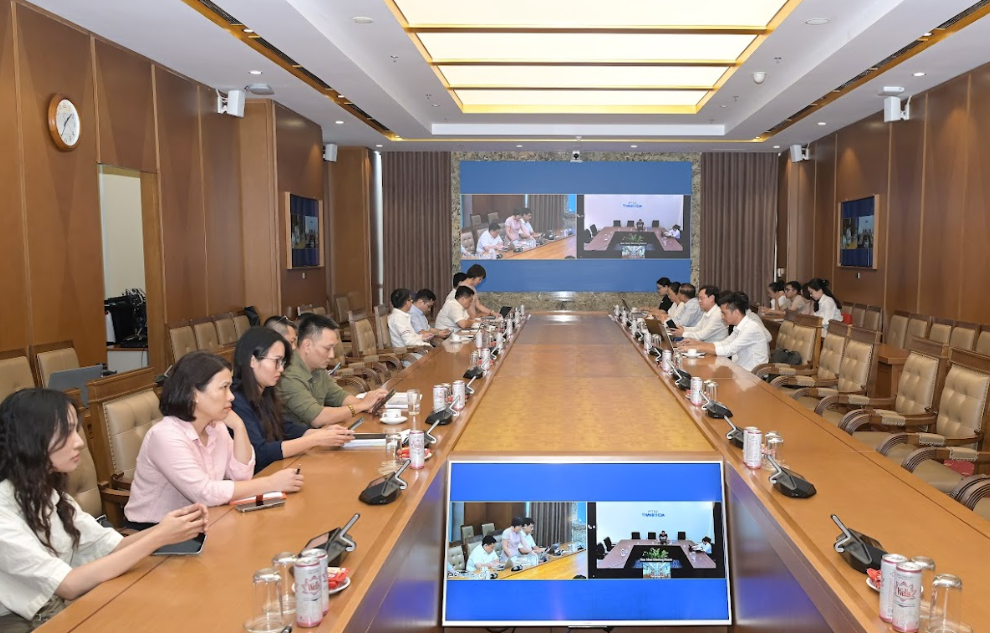
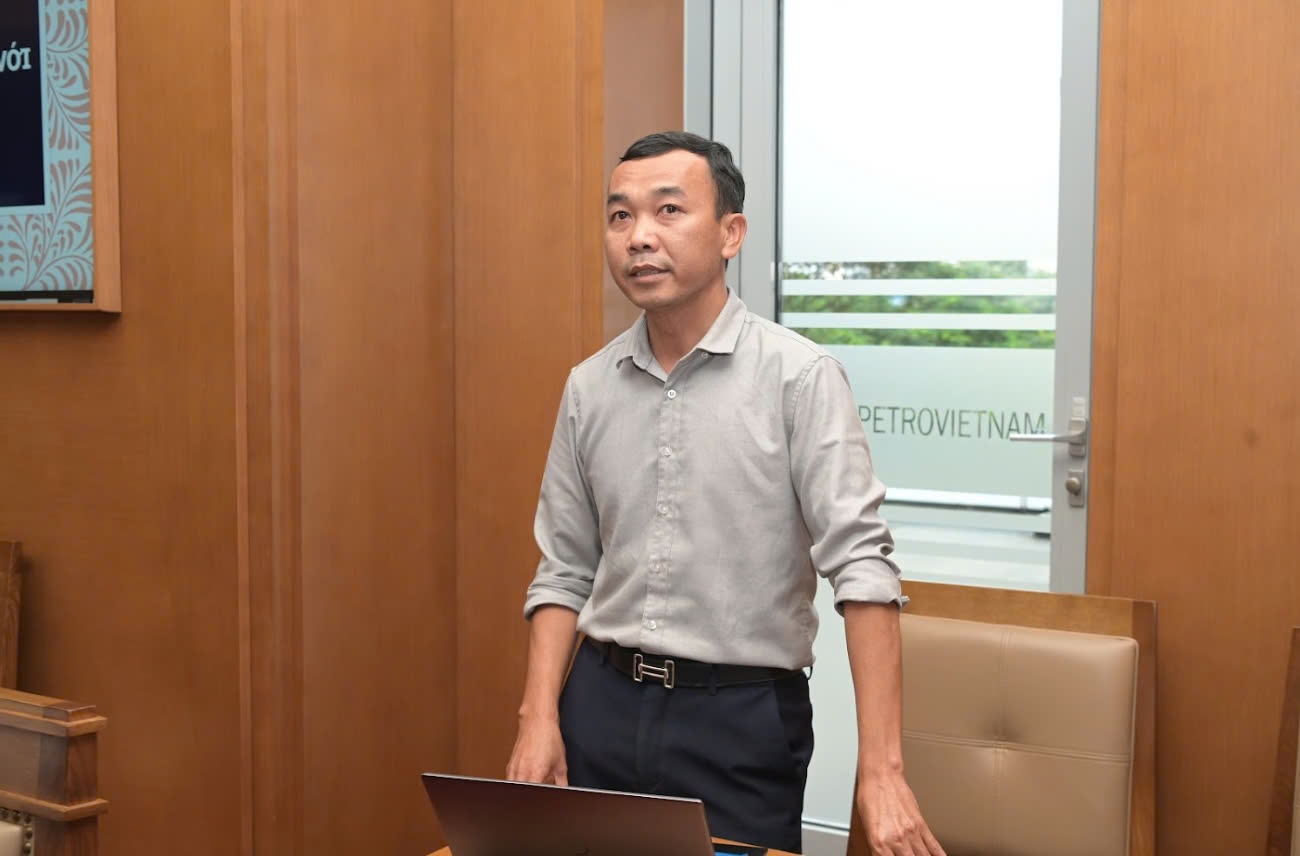
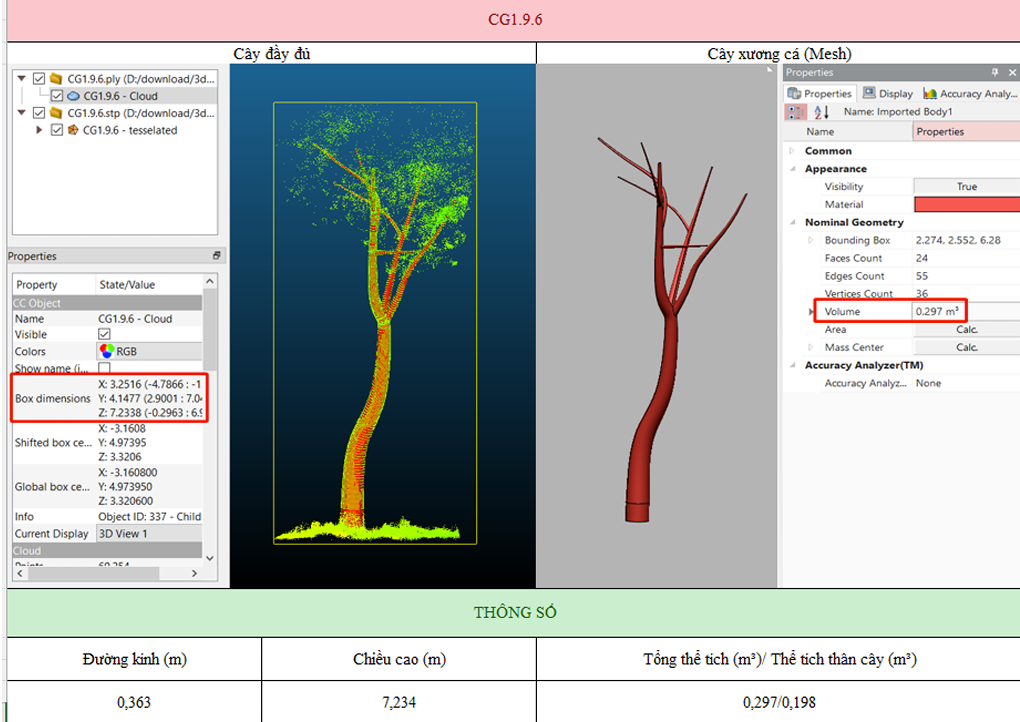
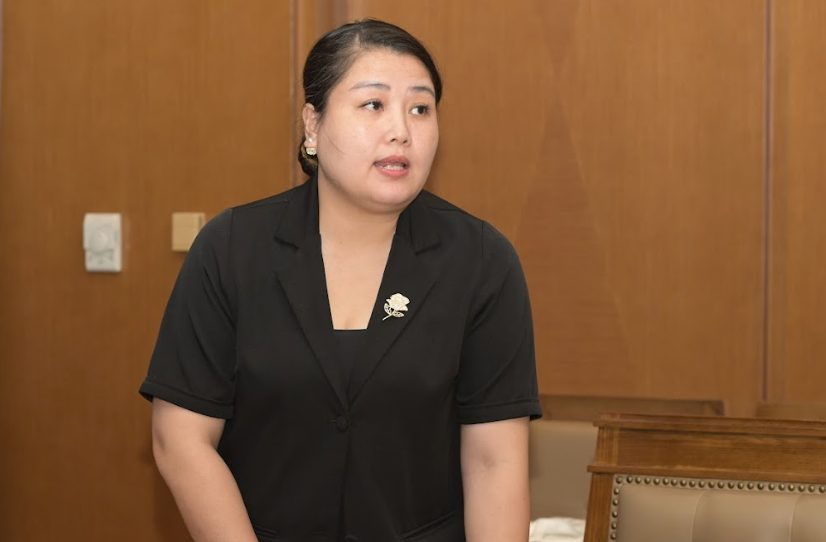
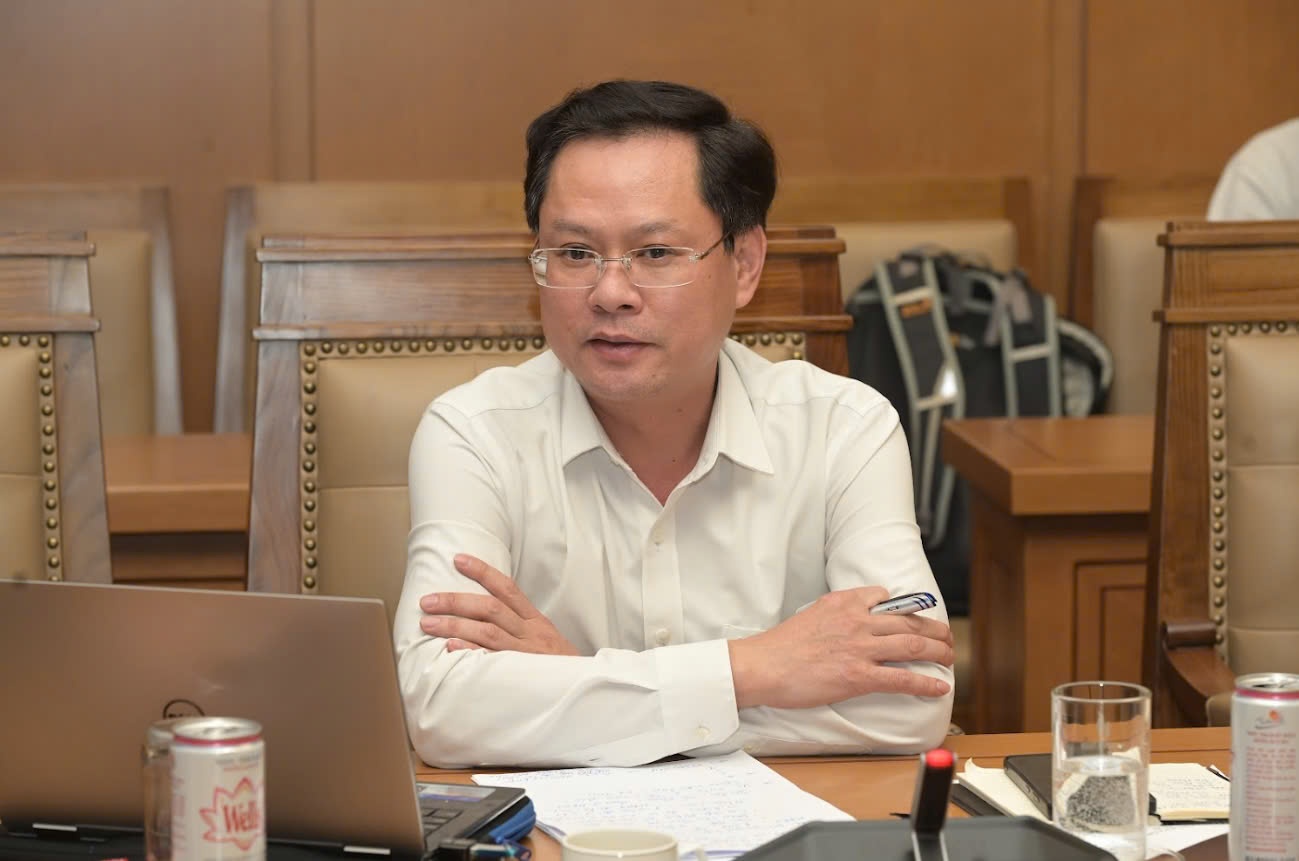
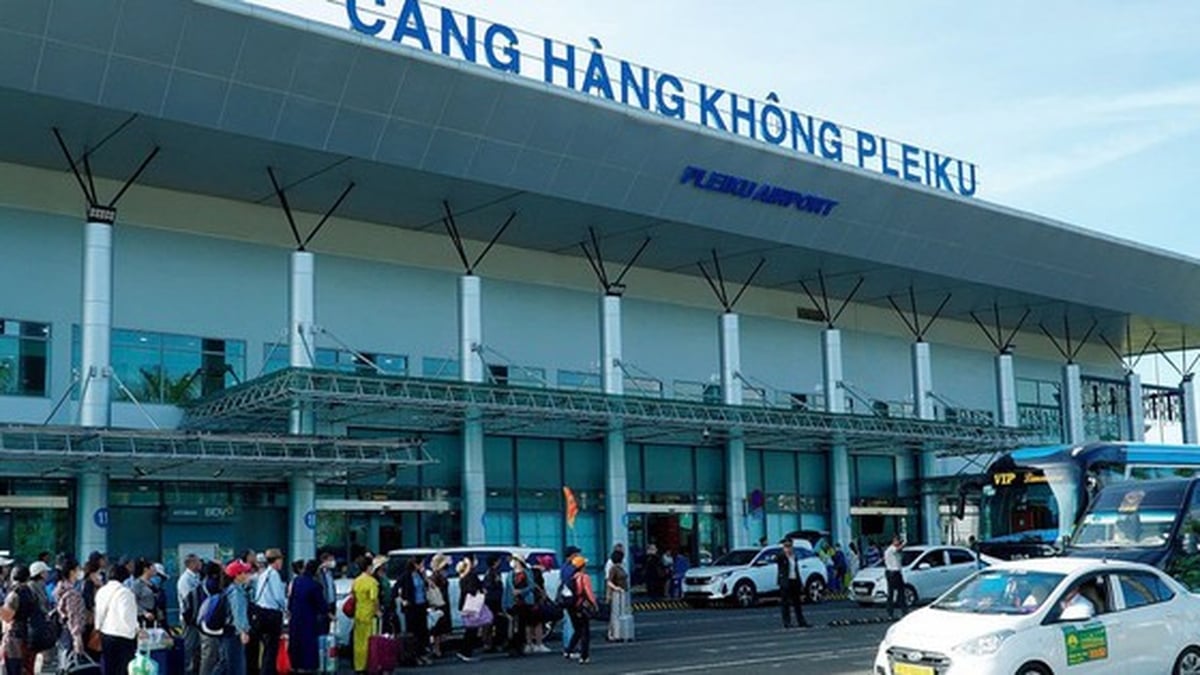
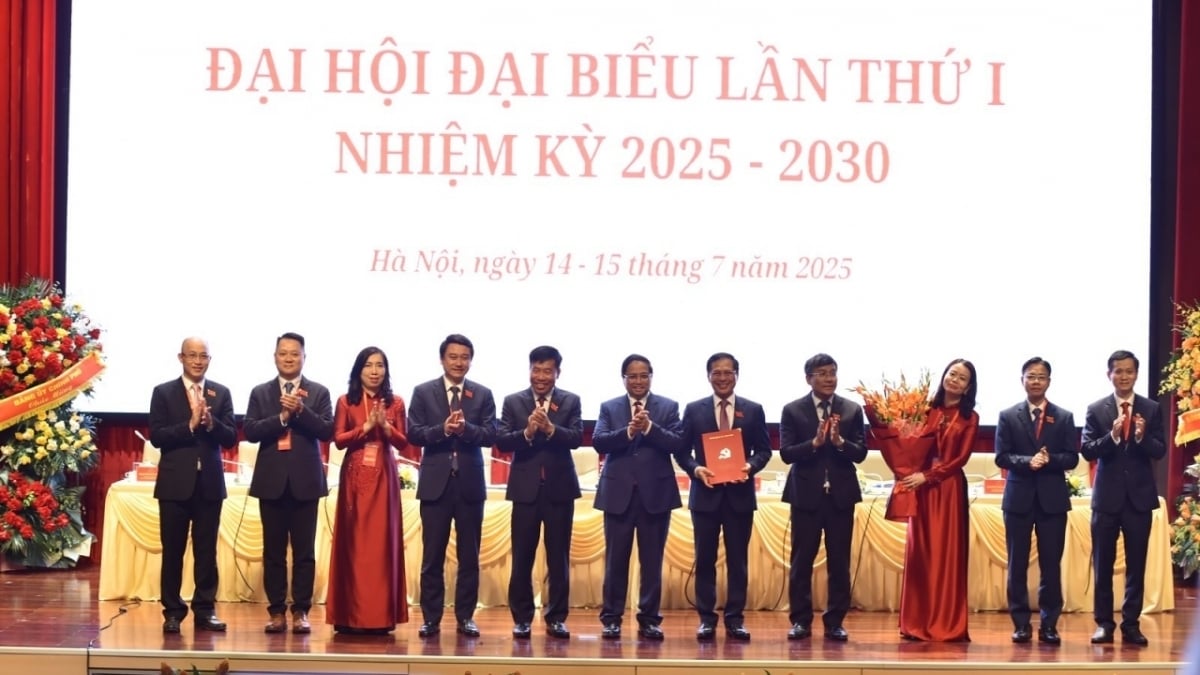
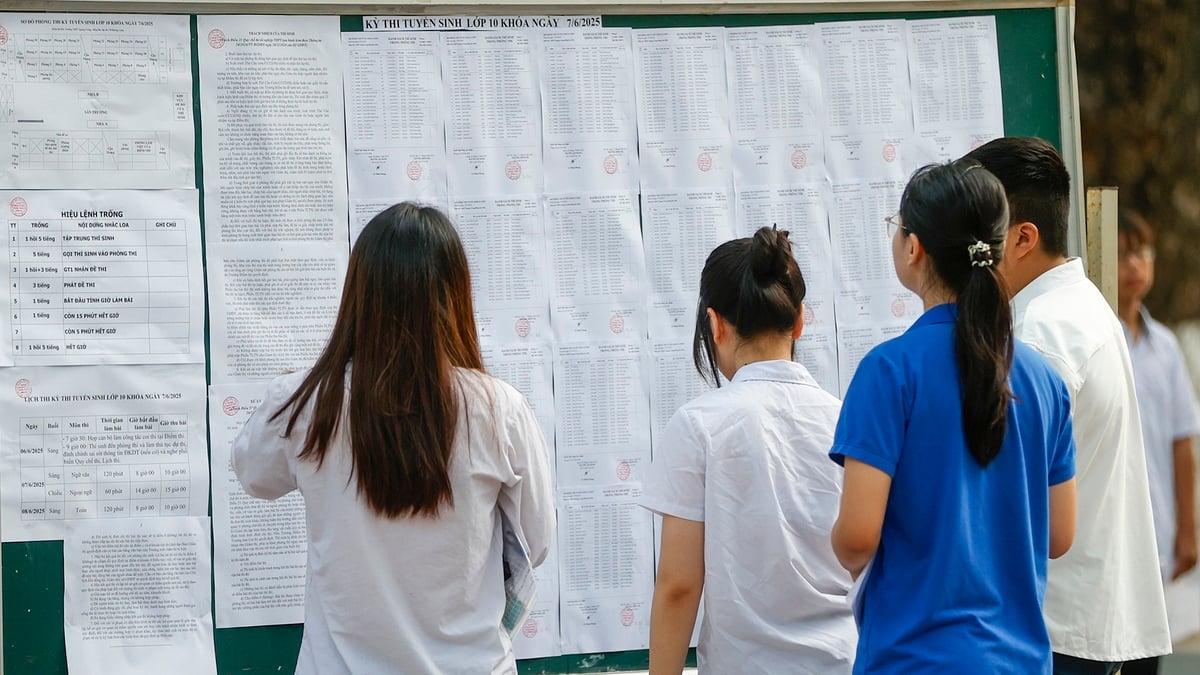

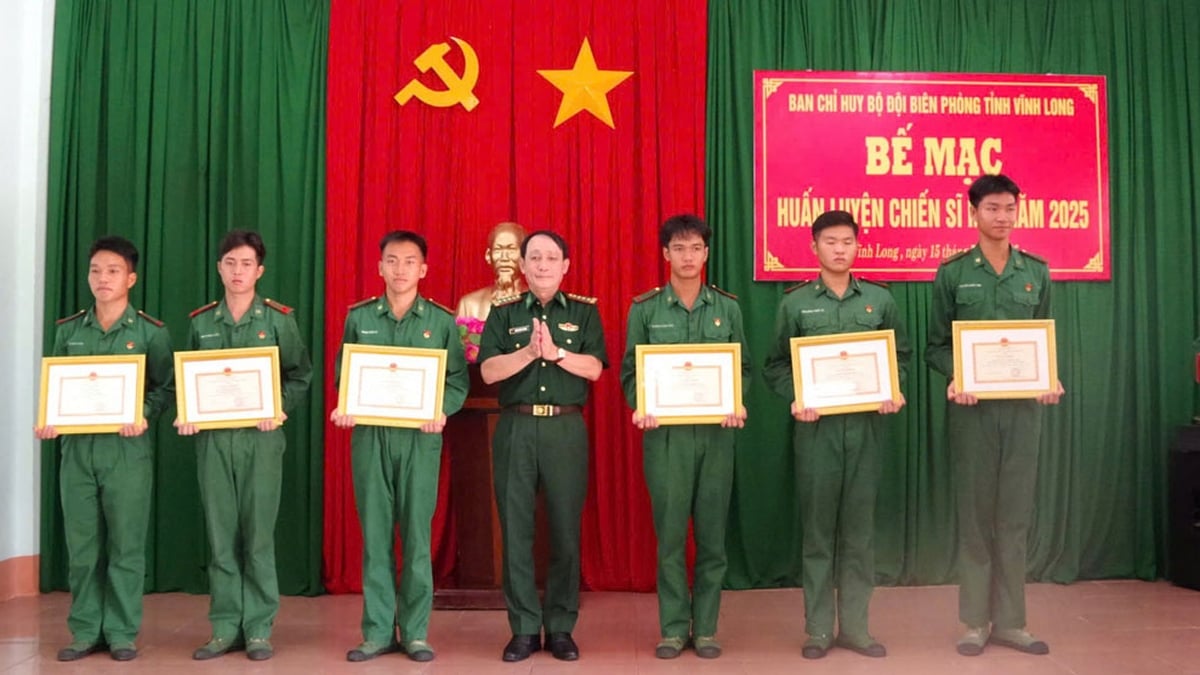
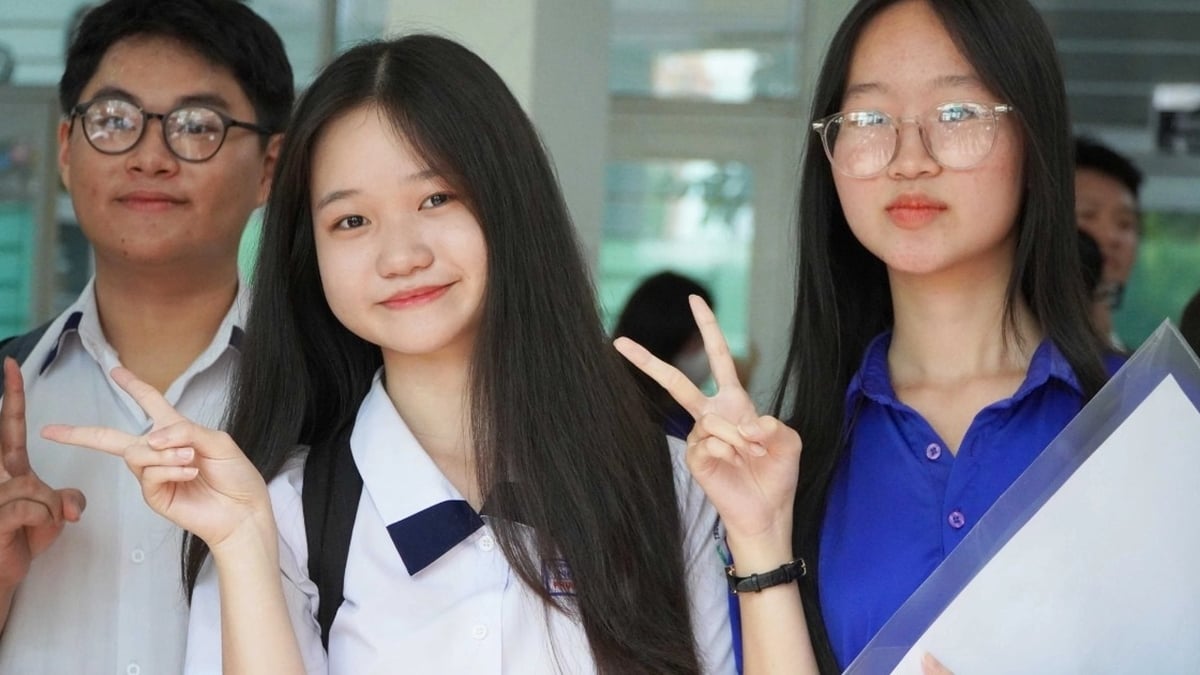

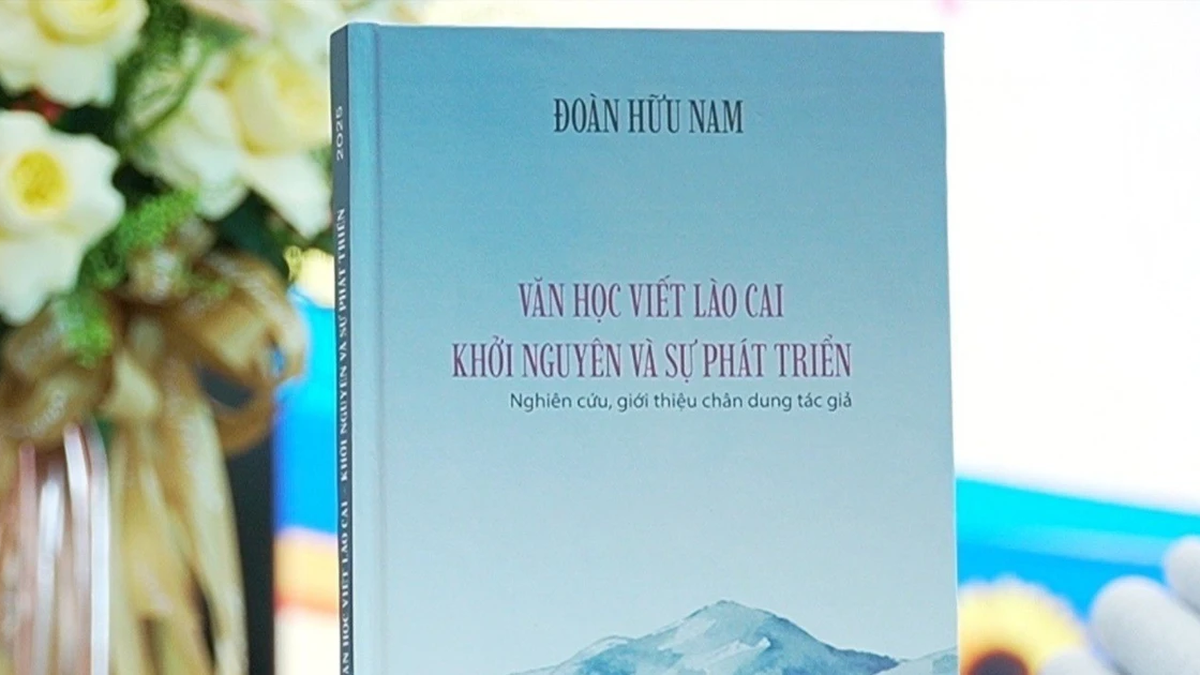
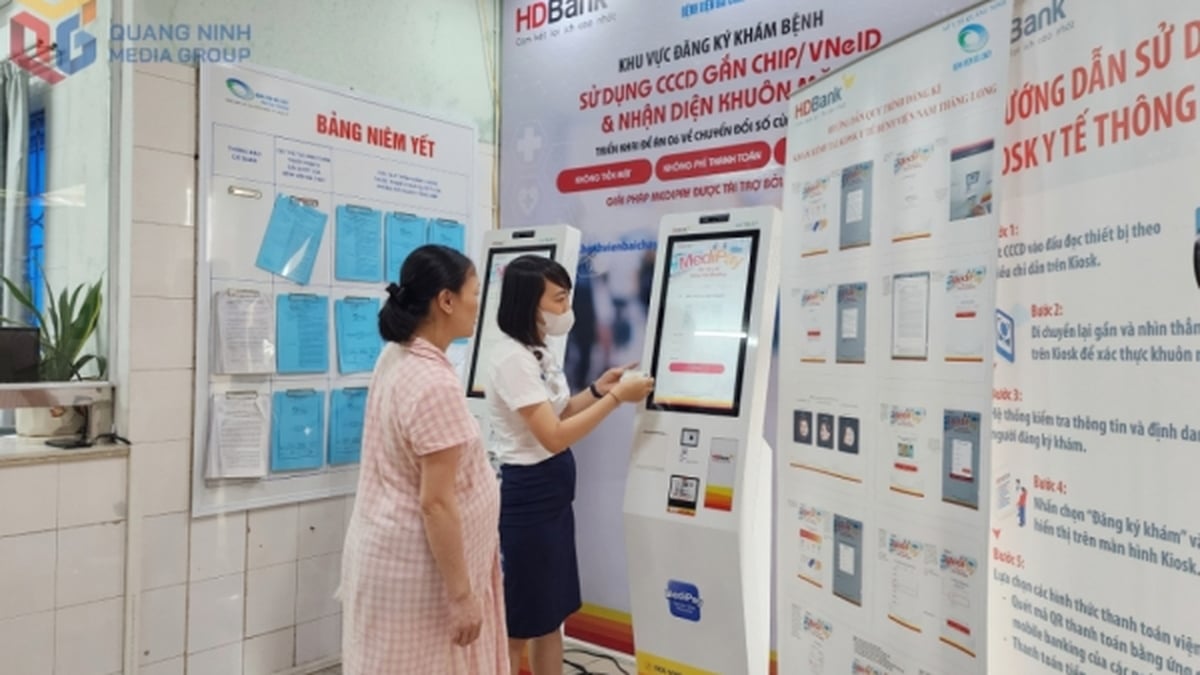







































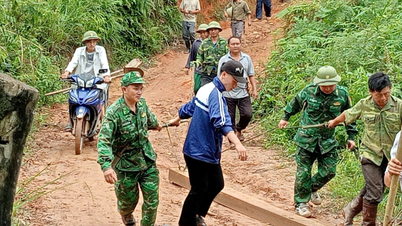
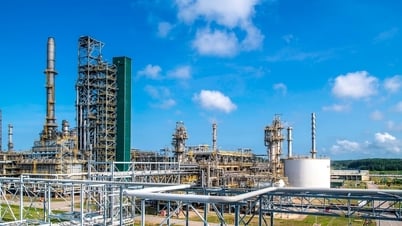



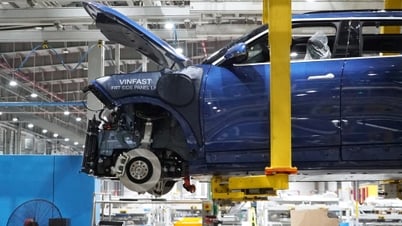






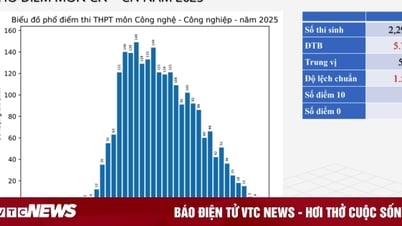







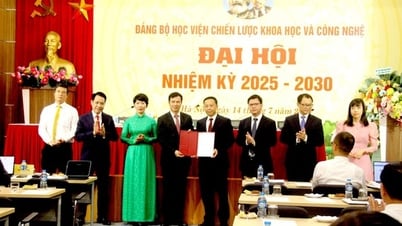
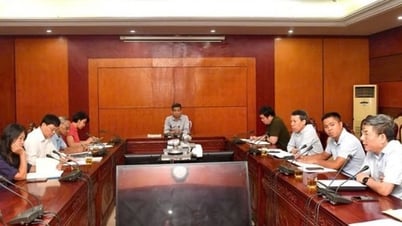

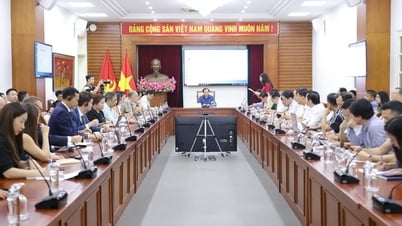
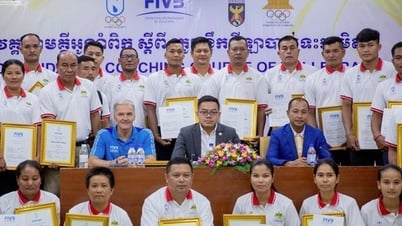
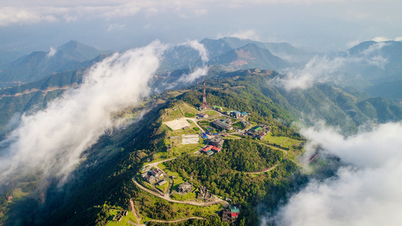



















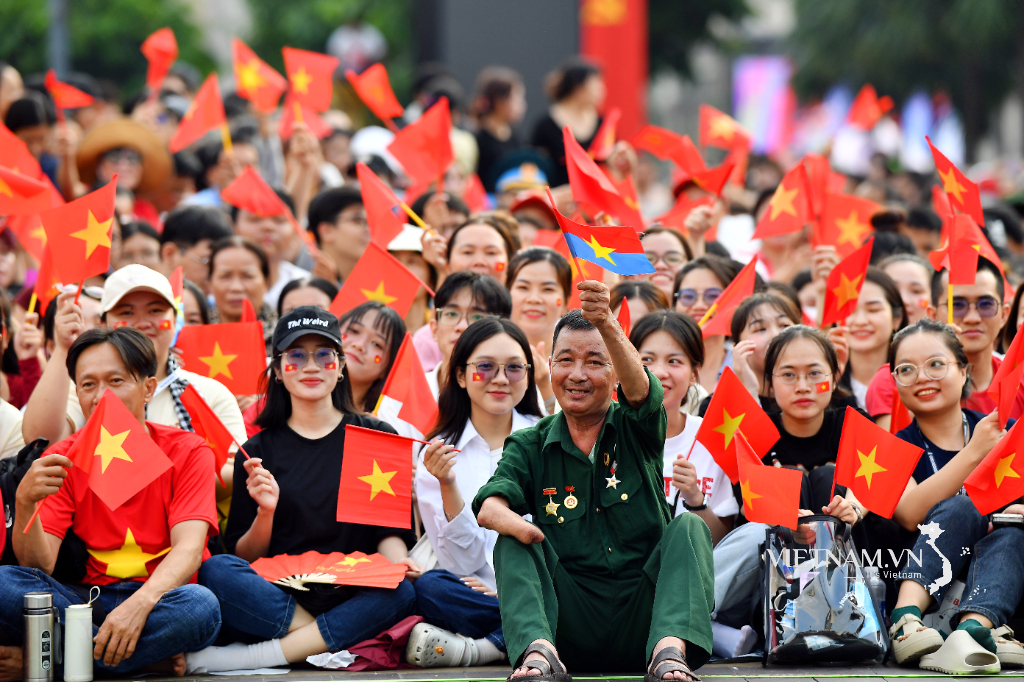

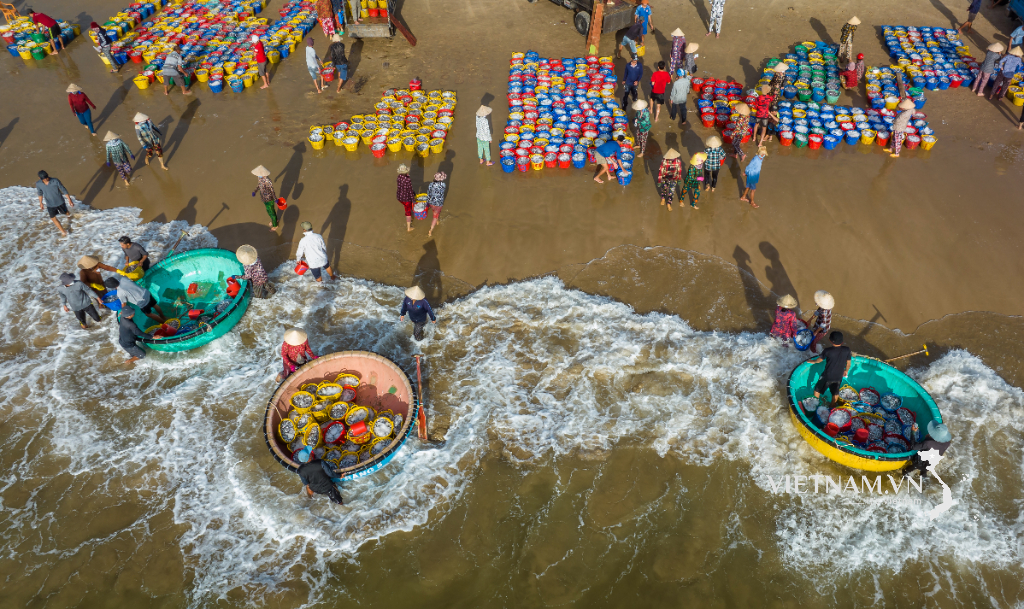
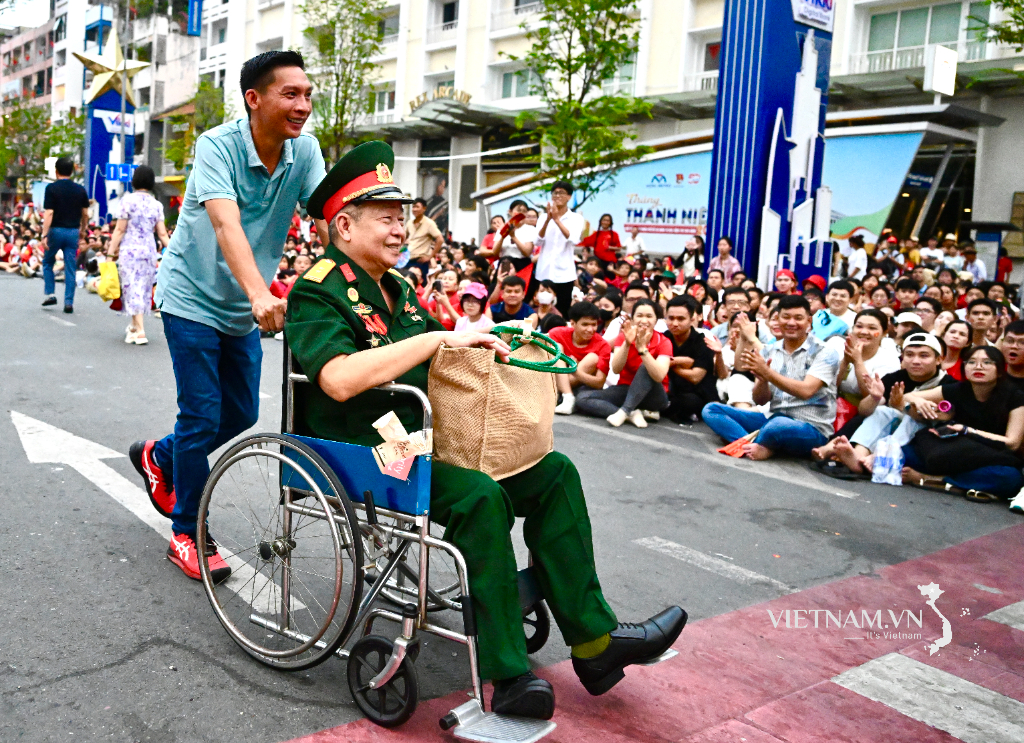
Comment (0)